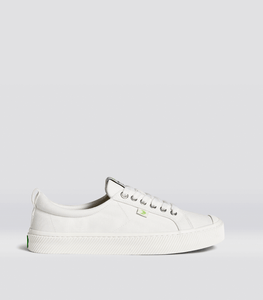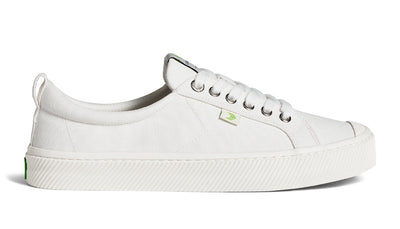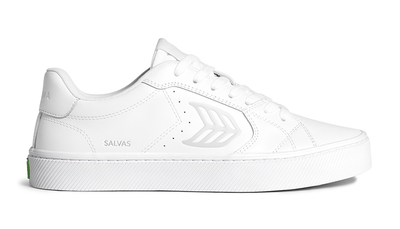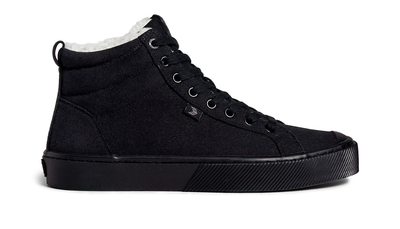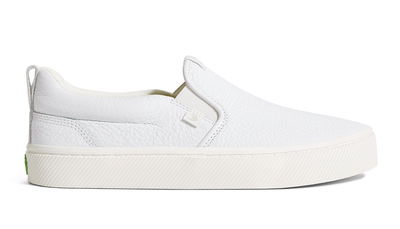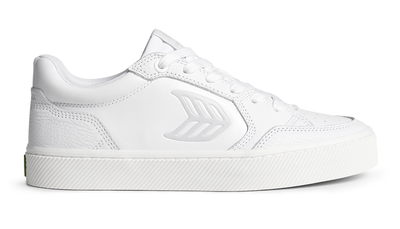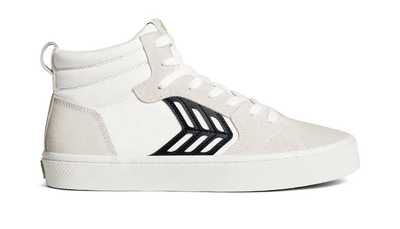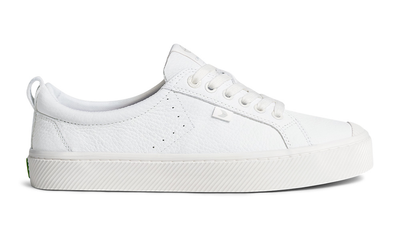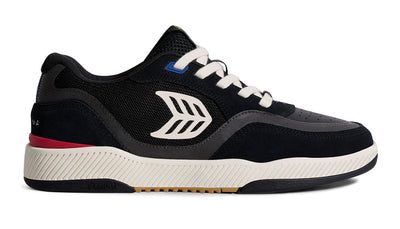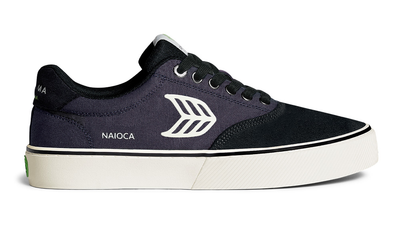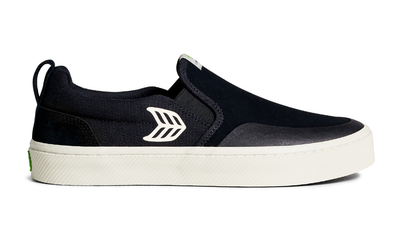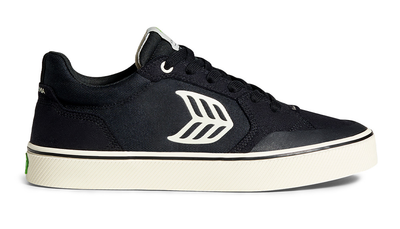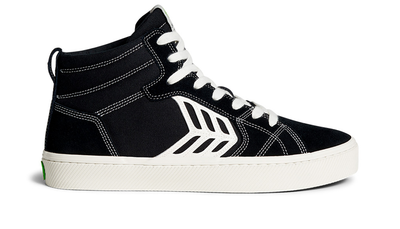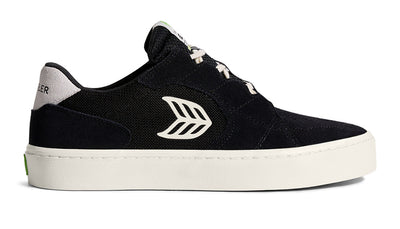What is Ethically Sourced Leather?
When you buy a pair of our premium leather sneakers, you’re investing in something that’s truly made to last. Committed to inspire change throughout the fashion industry, we make conscious decisions in the sourcing of our leather to create comfy, durable, and ethically crafted shoes.
We’re often asked how our leather and suede differ from their conventional counterparts. Here’s how:
What is Ethically Sourced Leather?
When you buy a pair of our premium leather sneakers, you’re investing in something that’s truly made to last. Committed to inspire change throughout the fashion industry, we make conscious decisions in the sourcing of our leather to create comfy, durable, and ethically crafted shoes.
We’re often asked how our leather and suede differ from their conventional counterparts. Here’s how:
What makes a "better" leather?
From raw material until the finished leather, all operations take place within Cariuma-nominated supplier facilities, ensuring traceability and visibility. Most importantly, our leather is never sourced from any area that has been deforested for cattle-farming.
Our leather is exclusively a byproduct of best-practice food industry cattle: steroid-free and grass-fed on pampas (naturally treeless plains indigenous to South America). All of the leather and suede used in our shoes is responsibly sourced from the United States, Brazil and Argentina.
Are there certifications for leather suppliers?
How is leather tanned?
Overall, the energy footprint of our leather is 53% smaller than that of conventional leather. Our suppliers’ solution is holistic, to ensure the smallest footprint possible. While the majority of tanneries use coal and natural gas boilers, our supplier uses solar panels to heat water to up to 70ºC. In fact, 100% of our suppliers’ thermal energy comes from renewable sources like solar panels and biomass (primarily upcycled wood from the furniture industry).
Our suppliers also generate electrical energy from renewable hydro-generated sources; use LED and natural lighting; and heat their facilities by recycling gas emissions from the boilers into thermal energy.
How much water is used to process leather?
What chemicals are used to process leather?
How does the carbon footprint of Cariuma leather compare with conventional leather?
You can find more about our Animal Welfare policy here.
*Calculated using the Higg Materials Sustainability Index (Higg MSI at Higg.org), with industry average data provided by the Sustainable Apparel Coalition (SAC): Chemistry units of environmental impact developed by SAC, incorporated into the Higg MSI platform.
What makes a "better" leather?
From raw material until the finished leather, all operations take place within Cariuma-nominated supplier facilities, ensuring traceability and visibility. Most importantly, our leather is never sourced from any area that has been deforested for cattle-farming.
Our leather is exclusively a byproduct of best-practice food industry cattle: steroid-free and grass-fed on pampas (naturally treeless plains indigenous to South America). All of the leather and suede used in our shoes is responsibly sourced from the United States, Brazil and Argentina.
Are there certifications for leather suppliers?
How is leather tanned?
Overall, the energy footprint of our leather is 53% smaller than that of conventional leather. Our suppliers’ solution is holistic, to ensure the smallest footprint possible. While the majority of tanneries use coal and natural gas boilers, our supplier uses solar panels to heat water to up to 70ºC. In fact, 100% of our suppliers’ thermal energy comes from renewable sources like solar panels and biomass (primarily upcycled wood from the furniture industry).
Our suppliers also generate electrical energy from renewable hydro-generated sources; use LED and natural lighting; and heat their facilities by recycling gas emissions from the boilers into thermal energy.
How much water is used to process leather?
What chemicals are used to process leather?
How does the carbon footprint of Cariuma leather compare with conventional leather?
You can find more about our Animal Welfare policy here.
*Calculated using the Higg Materials Sustainability Index (Higg MSI at Higg.org), with industry average data provided by the Sustainable Apparel Coalition (SAC): Chemistry units of environmental impact developed by SAC, incorporated into the Higg MSI platform.


Beyond the Sneakers
To complete this cycle, our ethical leather shoes reach you, our customers, in a conscious manner. We created our very own single-box packaging made from recycled and recyclable paper to reduce waste.
We’re on a mission to make the world greener with every sneaker purchased. For every pair, you plant two trees through our in-house ecological restoration initiative.


Beyond the Sneakers
To complete this cycle, our ethical leather shoes reach you, our customers, in a conscious manner. We created our very own single-box packaging made from recycled and recyclable paper to reduce waste.
We’re on a mission to make the world greener with every sneaker purchased. For every pair, you plant two trees through our in-house ecological restoration initiative.











































